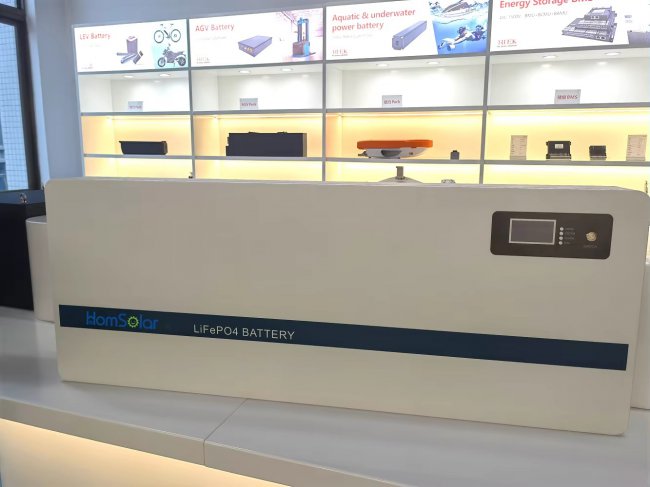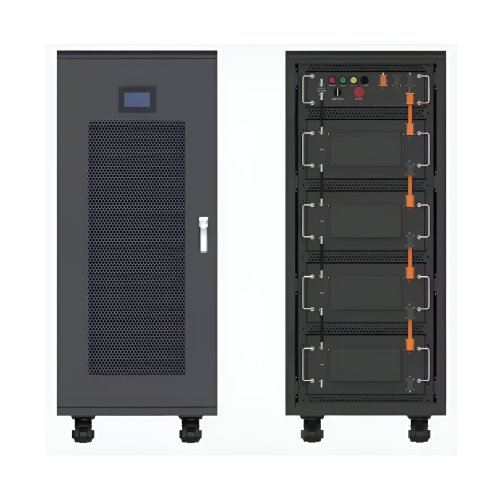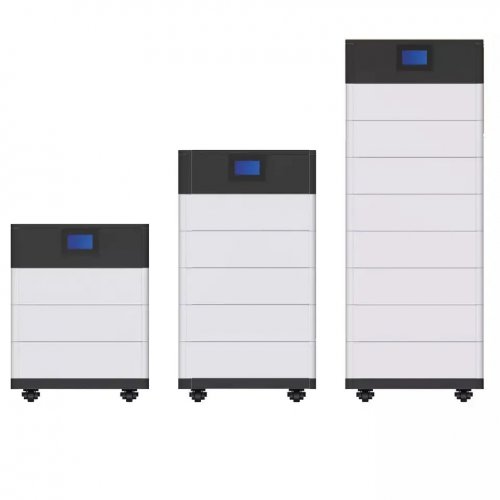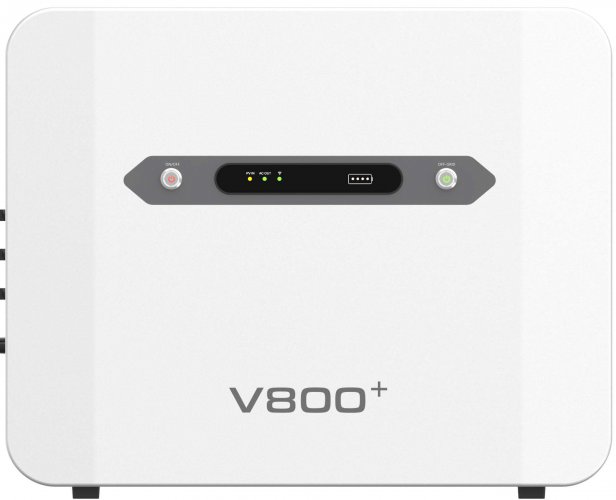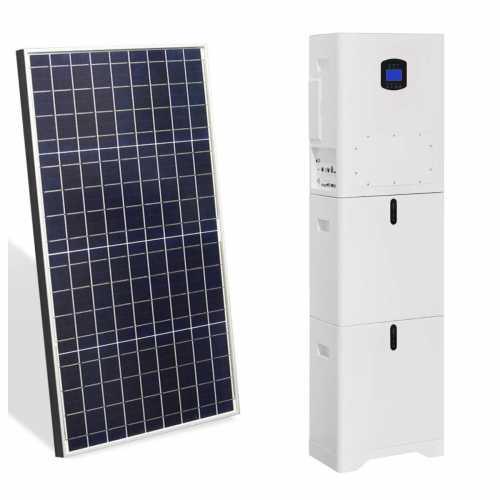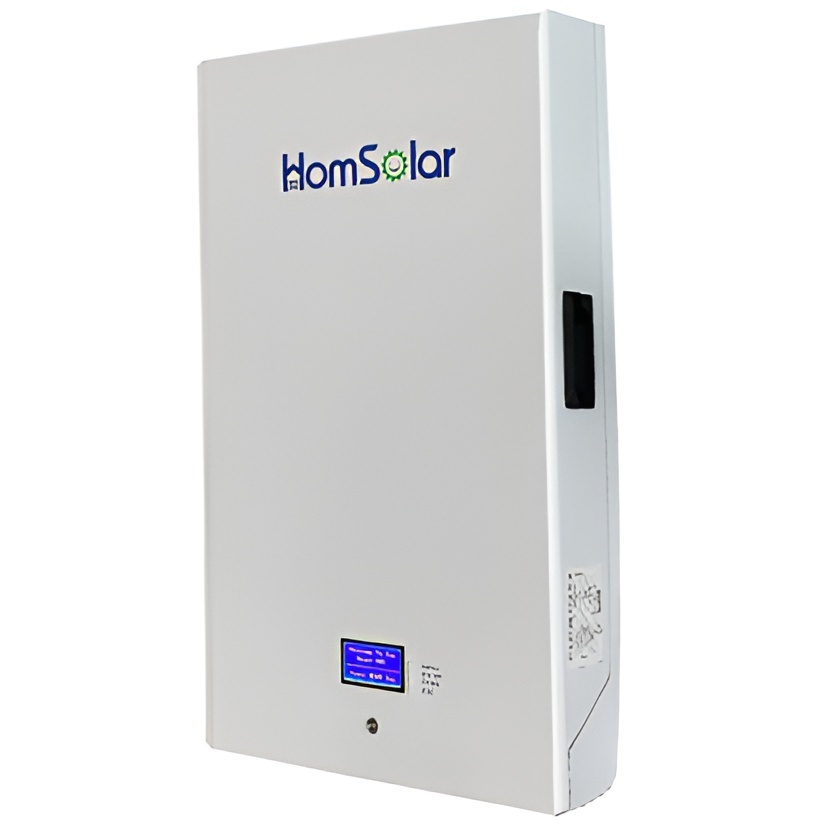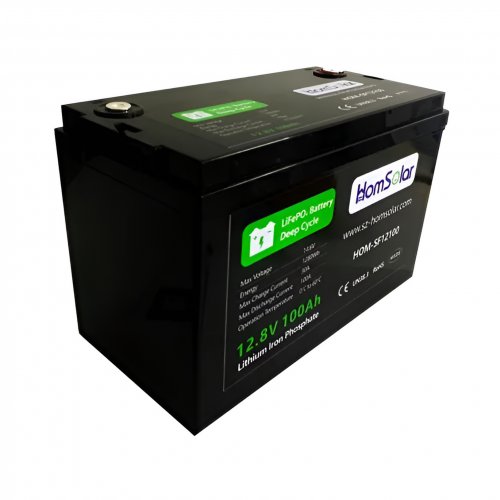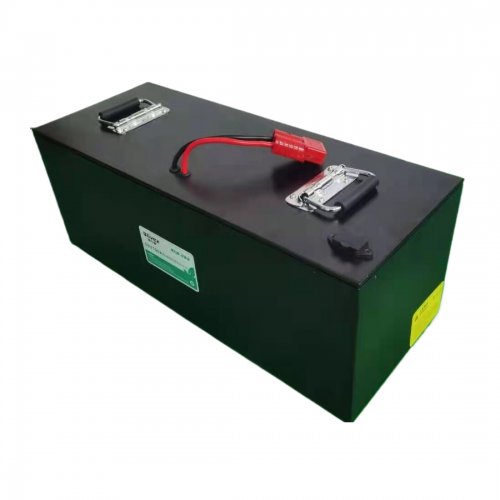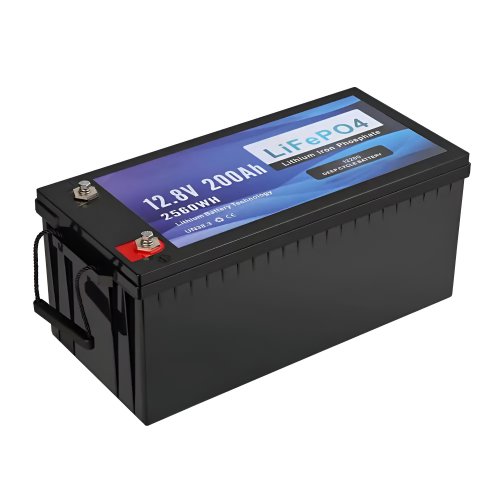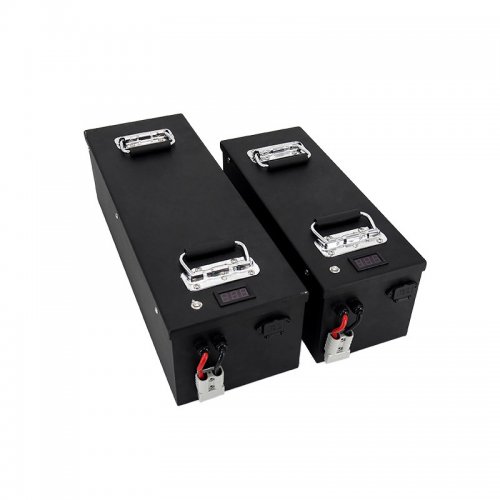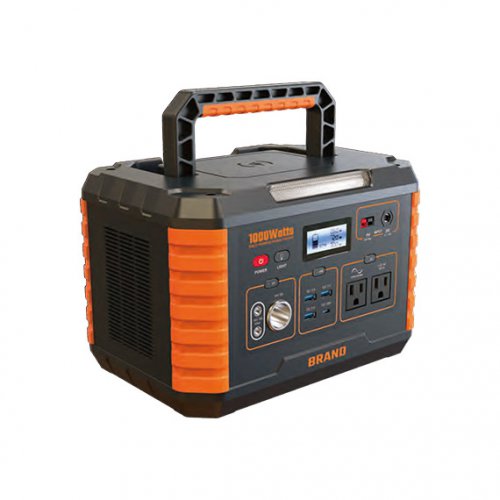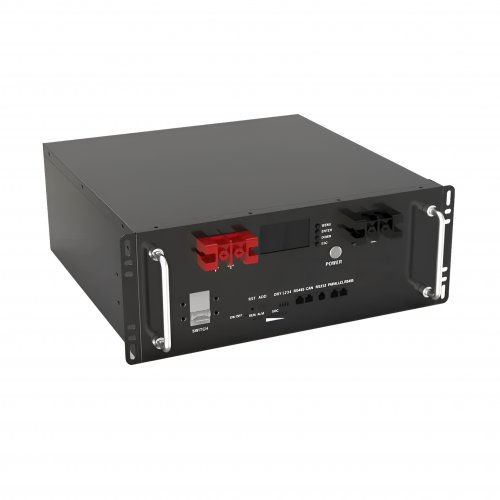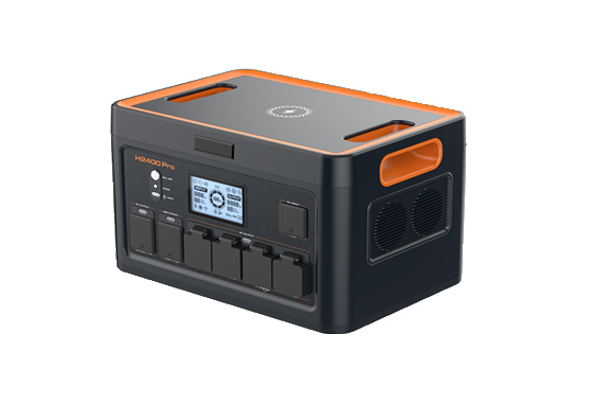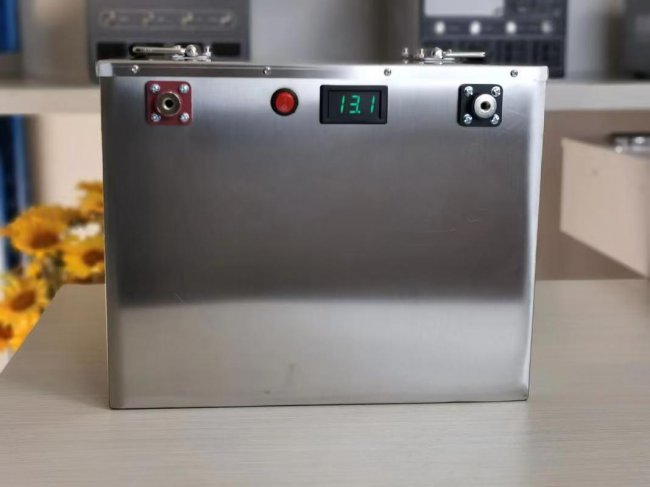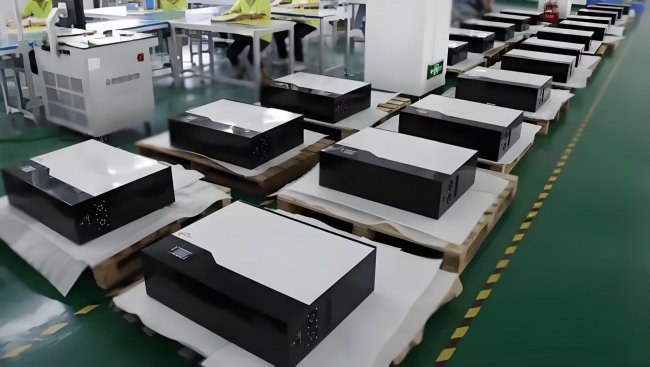Prospects for reusing silicon from end-of-life solar modules in new ingot production
A research group coordinated by the Netherlands Organisation for Applied Scientific Research (TNO) has investigated how cleaned wafers or wafer fragments recovered from end-of-life (EoL) PV modules could be reused for new crystalline silicon ingot production and has found that gallium-doped wafers could be particularly suitable for this purpose.
The scientists explained that silicon from the discarded wafers should be done by eliminating any contamination on its surfaces, which would re-include it in the high-purity material category. “The main contaminants are dopant, oxygen, carbon, and perhaps some nitrogen,” the research's lead author, Bart Geerligs, told pv magazine. “We looked at this mainly from the perspective of dopant and resistivity control, and to a limited extent also from the perspective of other remaining contaminants.”
In the study “Potential for Recycled Silicon Solar Cells as Feedstock for New Ingot Growth,” published in Progress in Photovoltaics, the researchers explained that their analysis addressed potential technical and economic constraints related, in particular, to dopants and impurities. They also expect that significant silicon volumes may be recovered, especially from p-type wafers, from around 2040, and that boron-doped and gallium-doped markets will be more or less equally divided.
The research group also created a methodology to separate n-type and p-type modules, and boron-doped versus boron-doped or gallium-doped p-type panels. It established, for example, that if the solar cells in the module are polycrystalline, they are necessarily p-type B-doped. “To the best of our knowledge, there has been no commercial production of n-type modules based on polycrystalline silicon,” the academics said.
Furthermore, they created a separation between wafers that have front-side metallization or not. They also said that voltage should be identified for all modules except those based on interdigitated back-contact (IBC) cell technology, and that a visual inspection should be conducted on the rear side of all cells. “The principle for the inspection is then that all industrial p-type Al-BSF and PERC cells have Al-rear side metallization combined with local silver pads for soldering of the inter-connecting ribbons, and industrial n-type cells do not have such combination,” they specified.
The team explained that the whole testing scheme could be bypassed if a label on the discarded panel has useful information. “For example, a module could be documented as containing HJT cells (n-type) or be based on IBC cells from a manufacturer like Sunpower or Maxeon,” it further explained. “It would also be very helpful if PERC modules visibly show a production date because from before 2019, this would imply boron-doping, and after 2022, it would imply gallium-doping of the wafers.”
“This scheme would result in three material flows,” Geerligs said. “These are n-type doped cells, p-type boron-doped cells, and a flow of monocrystalline PERC cells that could be either boron-doped or gallium-doped.”
The scientists concluded that re-using p-type wafers as feedstock for new p-type ingots will not be economically viable, as n-type cells are now the dominant technology.
“The potential cost reduction from using recycled feedstock does not appear to be sufficient to compensate for this,” they stated. “Another possibility for a much better profitability for recycling of p-type wafers may become available with perovskite–silicon tandem technology, in which case both the efficiency disadvantage compared with n-type is strongly reduced and PERC cell performance can be enhanced by a poly- Si emitter.”
Customized/OEM/ODM Service
HomSolar Supports Lifepo4 battery pack customization/OEM/ODM service, welcome to contact us and tell us your needs.


HomSolar: Your One-stop LiFePO4 Battery Pack & ESS Solution Manufacturer
Our line of LiFePO4 (LFP) batteries offer a solution to demanding applications that require a lighter weight, longer life, and higher capacity battery. Features include advanced battery management systems (BMS), Bluetooth® communication and active intelligent monitoring.

Customised Lithium Iron Phosphate Battery Casing
ABS plastic housing, aluminium housing, stainless steel housing and iron housing are available, and can also be designed and customised according to your needs.

HomSolar Smart BMS
Intelligent Battery Management System for HomSolar Energy Storage System. Bluetooth, temperature sensor, LCD display, CAN interface, UART interface also available.


Terminals & Plugs Can Be Customized
A wide range of terminals and plugs can be customised to suit the application needs of your battery products.

Well-designed Solutions for Energy Storage Systems
We will design the perfect energy storage system solution according to your needs, so that you can easily solve the specific industry applications of battery products.



About Our Battery Cells
Our energy storage system products use brand new grade A LiFePO4 cells with a battery lifespan of more than 4,000 charge/discharge cycles.



Applications in Different Industries
We supply customized & OEM battery pack, assemble cells with wiring, fuse and plastic cover, all the cell wires connected to PCB plug or built BMS.
Applications: E-bike, Electric Scooter, Golf Carts, RV, Electric Wheelchair, Electric Tools, Robot Cleaner, Robot Sweeper, Solar Energy Storage System, Emergency Light, Solar Power Light, Medical Equipment, UPS Backup Power Supply.
We can provide you with customized services. We have the ability to provide a vertical supply chain, from single cells to pack/module and to a complete power solution with BMS, etc.


HomSolar (Shenzhen) Technology Co., Ltd







